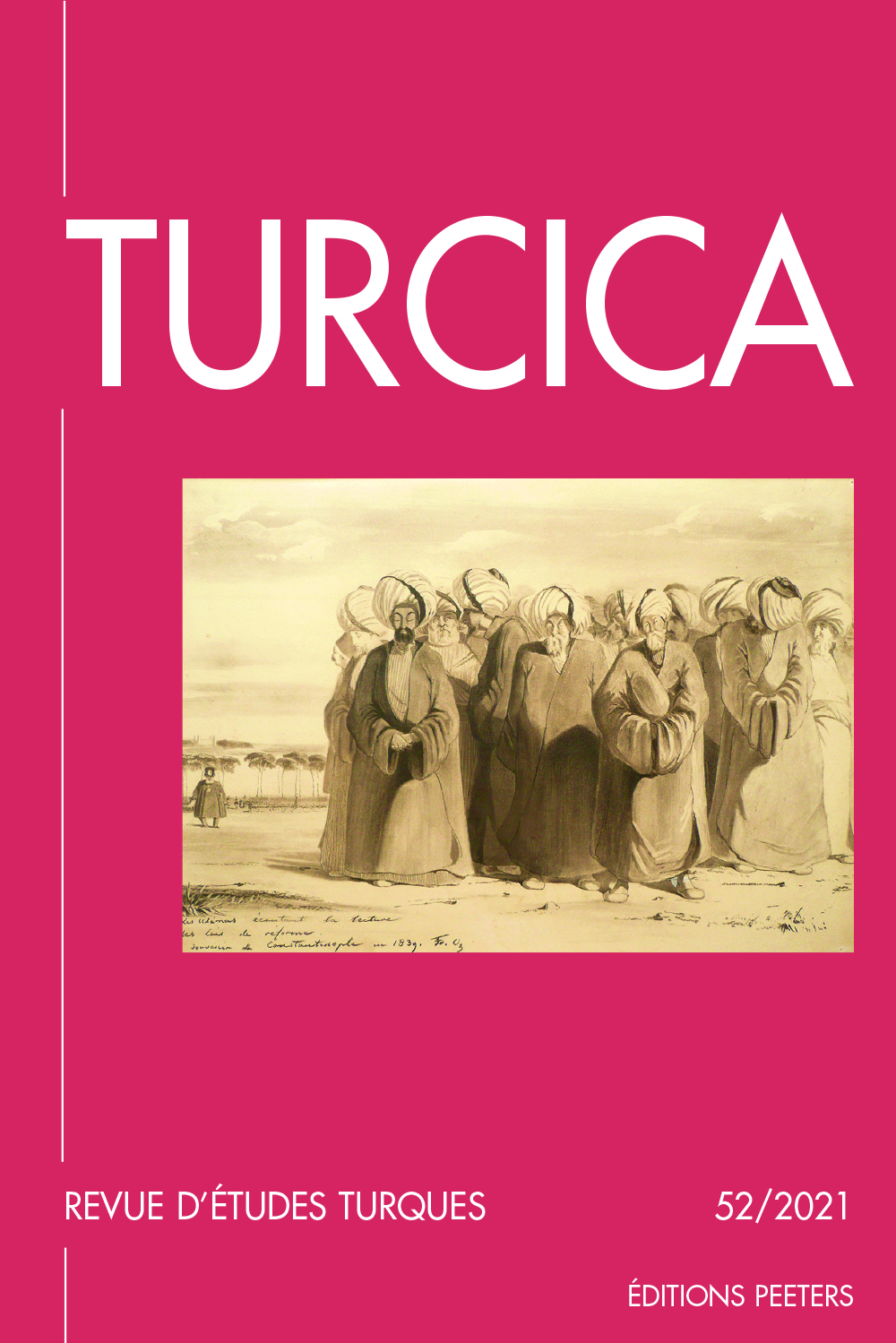 previous article in this issue previous article in this issue | next article in this issue  |

|
Document Details : Title: The Şaṭḥiyye of Yūnus Emre Ḳayġusuz Abdāl Subtitle: The Creation of a Vernacular Islamic Tradition in Turkish Author(s): OKTAY USLU, Zeynep Journal: Turcica Volume: 50 Date: 2019 Pages: 9-52 DOI: 10.2143/TURC.50.0.3286570 Abstract : This paper attempts to shed light on the dynamics at play in the emergence of a vernacular Islamic tradition in Turkish and the role of dervish piety in the formation of Alevi-Bektashi belief and practice. It focuses on the poetries of two major early figures: Yūnus Emre (d. 1320-1[?]) and Ḳayġusuz Abdāl (fl. second half of the 14th - first half of the 15th century). Both poets make use of their poetry in positing a social boundary between the religious elite and the dervish milieu, the latter extending to the common people, thereby creating a common religious sphere between the dervish milieu and their intended public. The paper investigates how this performance of boundaries and self-positioning vis-à-vis the common people play into the creation of a literary genre. Its focus is on the creation of the genre of the Turkish şaṭḥiyye, as different from the classical shaṭḥ, by the two poets. The genre bridges the gap between classical Sufi concepts and genres of folklore (at the time oral). It includes a reformatting of the poets’ religious knowledge and experience within the context of the popular tradition surrounding them. As such, it is an instance of vernacularization where the localization of the dominant literary formation went hand in hand with the reappropriation of the local oral idiom. The şaṭḥiyye’s unique attributes illustrate that boundary-making and cultural and religious transfer are complementary aspects of the same dynamic, which are highlighted depending on context. Cet article se propose d’éclairer les dynamiques à l’œuvre dans l’émergence d’une tradition islamique vernaculaire en turc ainsi que le rôle de la piété derviche dans la formation de la croyance et de la pratique alévies-bektachies. Il se concentre sur les poésies de deux grandes figures: Yūnus Emre (m. 1320-21) et Ḳayġusuz Abdāl (seconde moitié du XIVe siècle-première moitié du XVe siècle). Dans leurs poésies, les deux auteurs dessinent une frontière sociale entre l’élite religieuse et le milieu derviche, ce dernier s’étendant au peuple; ils créent ainsi une sphère religieuse commune au milieu derviche et au public visé. L’étude analyse comment cette construction des limites sociales et ce positionnement vis-à-vis des gens ordinaires jouent dans la création d’un genre littéraire. Elle se concentre sur la création par les deux poètes du genre de la şaṭḥiyye en turc, différente du shaṭḥ classique. Le genre comble le fossé entre les concepts soufis classiques et les genres du folklore (oral à cette époque). Il comprend un reformatage des connaissances et expériences religieuses des poètes dans le contexte de la tradition populaire qui les entoure. De ce fait, il s’agit d’un cas de vernacularisation où la localisation de la formation littéraire dominante allait de pair avec la réappropriation de l’idiome oral local. Les caractéristiques spécifiques de la şaṭḥiyye démontrent que la création de limites et le transfert culturel et religieux sont des aspects complémentaires de la même dynamique, qui sont mis en évidence en fonction du contexte. |
 |
